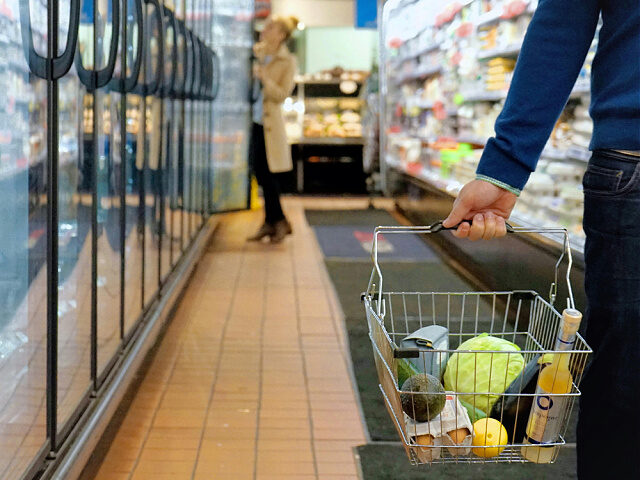The vast majority of Texans said their food expenses have risen faster than their income, and nearly half have had to forego buying protein and fresh produce in a recent survey.
No Kid Hungry, a Washington, DC-based nonprofit group operated by the organization Share Our Strength, shared the difficult findings in their Texas Hunger Survey released last week.
A whopping 81 percent of the 1,133 respondents polled in late July said the cost of food is increasing faster than their income, and 76 percent said that affording groceries has become more difficult.
About half of the respondents (49 percent) said they have been buying less protein or no protein at all to remain within their budgets, and 43 percent said the same about fresh produce.
People who have been buying more unhealthy food because its cheaper accounted for 42 percent of respondents, with parents of children in K-12 public schools who have an annual household income of less than $50,000 being especially likely to sacrifice healthy options.
“In the past 12 months, the majority of families with students in Texas’s public K-12 schools (60 percent) and the state’s rural residents (56 percent) had to choose between paying for food and another essential,” No Kid Hungry stated.
The most common essential traded off for food were utility bills, the survey found.
Houston, Texas, was home to the fastest rate of grocery inflation in April, the Houston Chronicle reported, citing U.S. Department of Agriculture data.
Grocery prices in the city rose by a stunning 7.8 percent in 2023 — beating out second-place Boston, Massachusetts, which came in at seven percent.
The high costs of food have been impacting Texans’ mental health, with more than half (56 percent) of respondents saying they are “more stressed by figuring out how to afford enough nutritious food than they were 12 months ago.”
That was truer for families with public school students (61 percent) and rural residents (62 percent.)

COMMENTS
Please let us know if you're having issues with commenting.